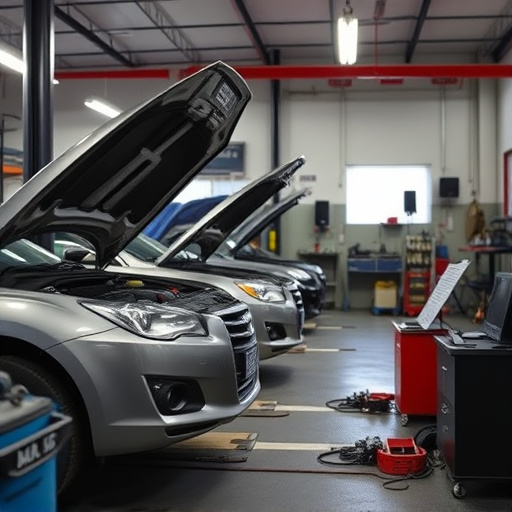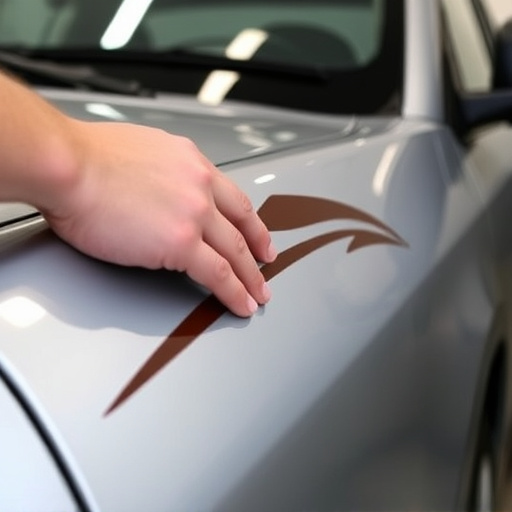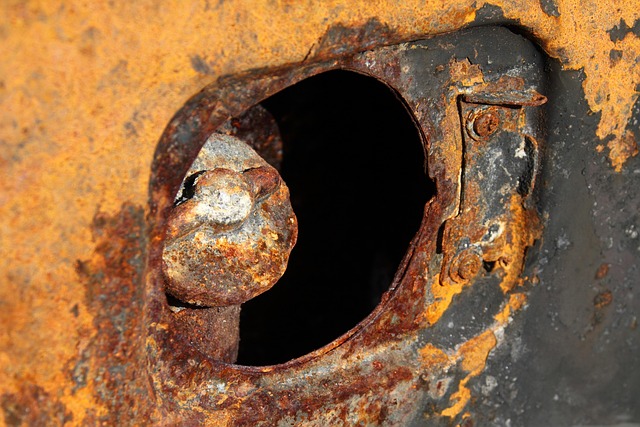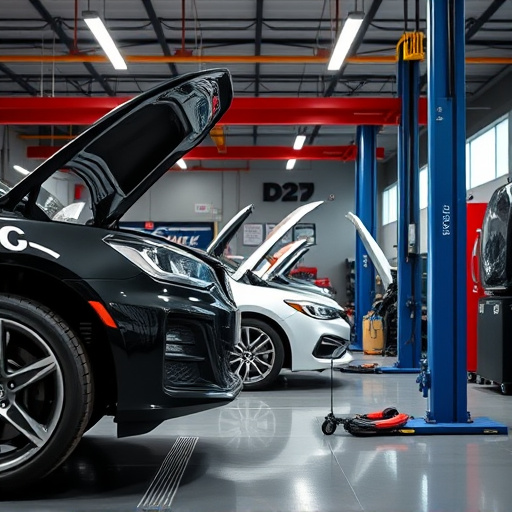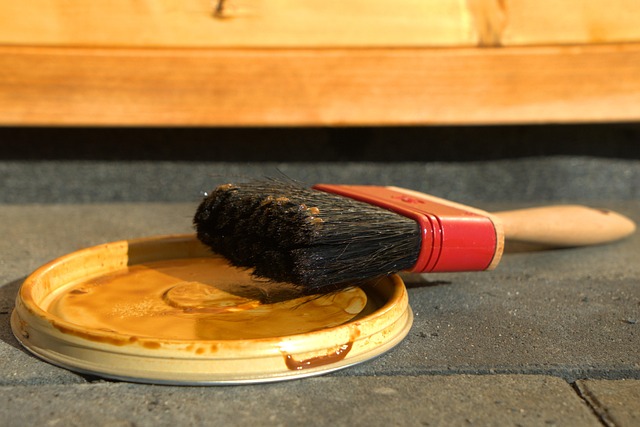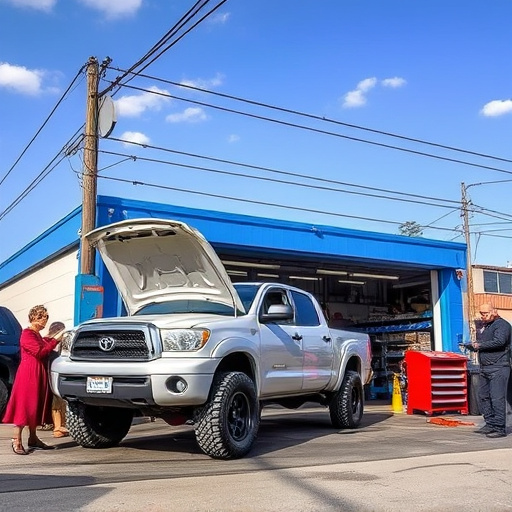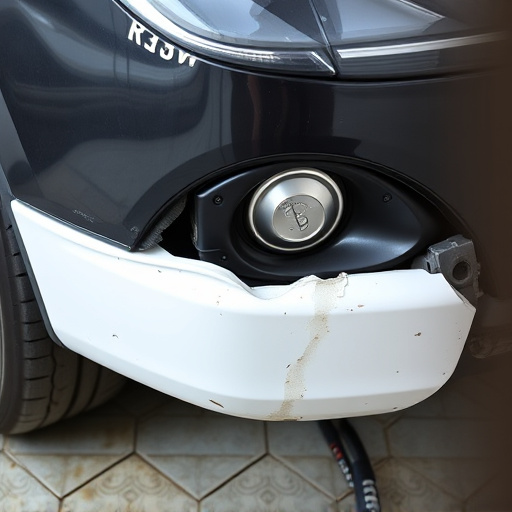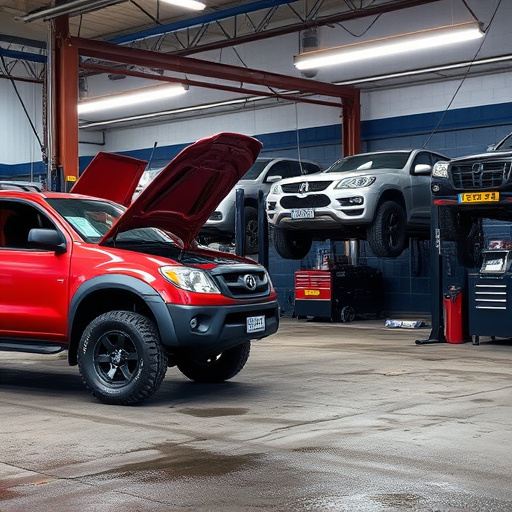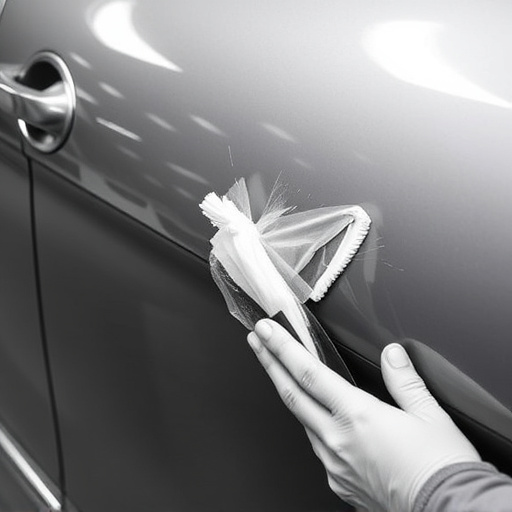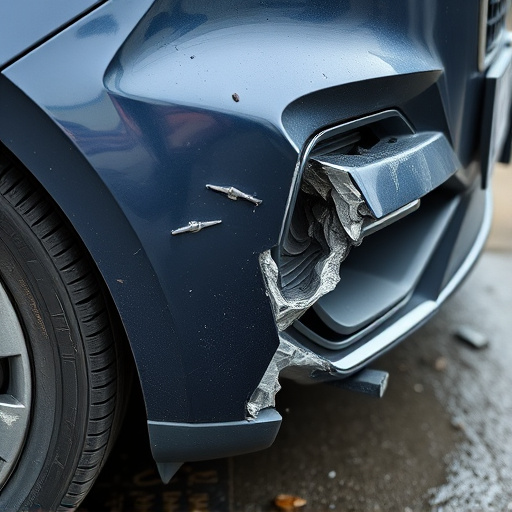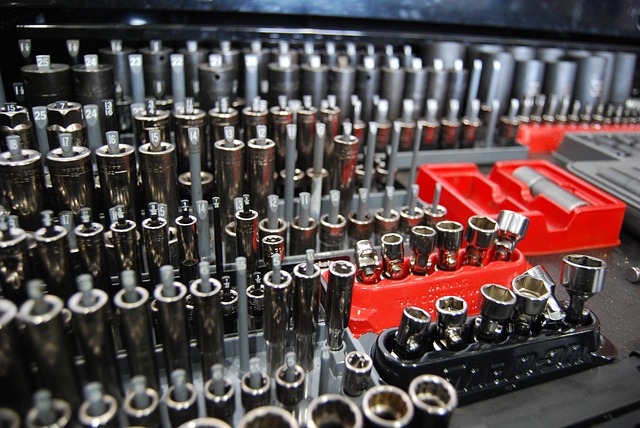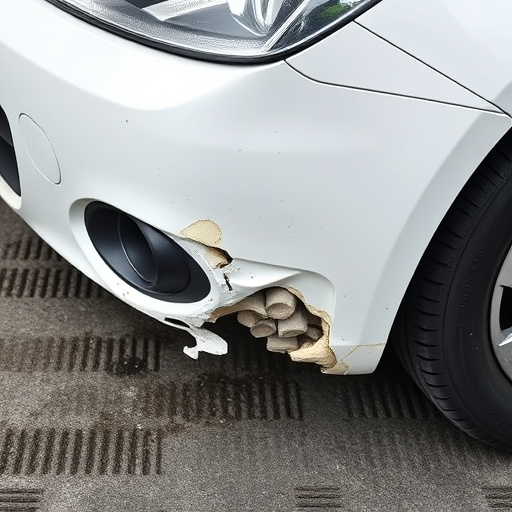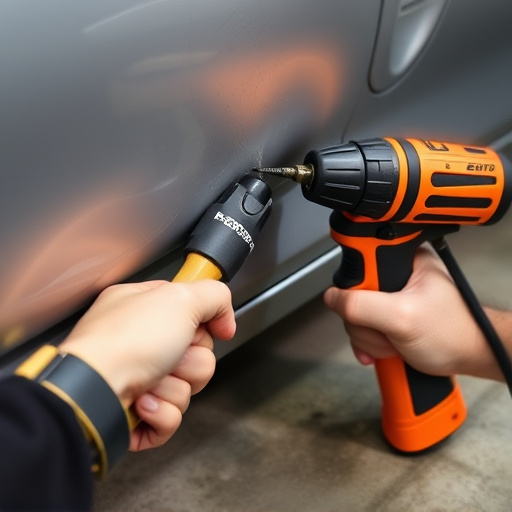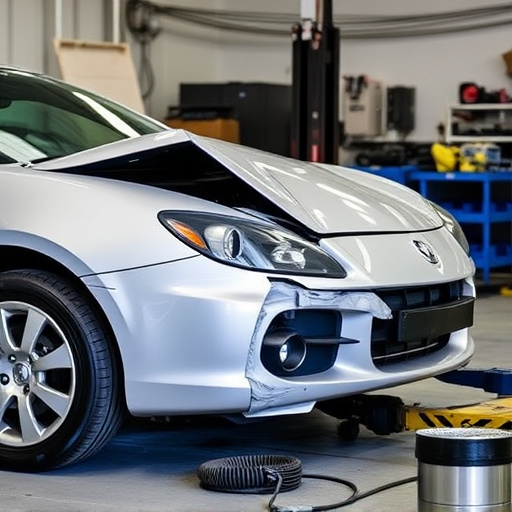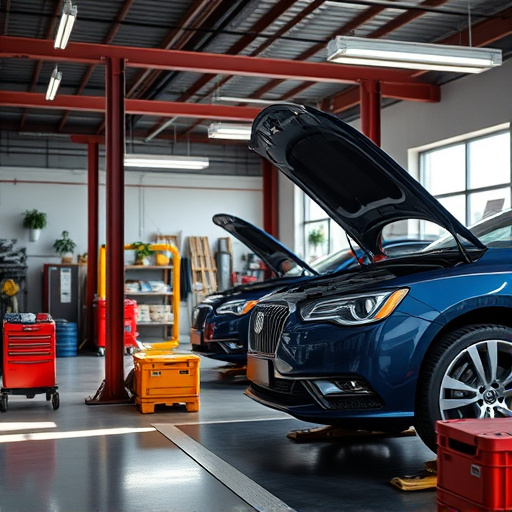Deciding between blending panels and full repaint in collision repair depends on damage extent. Minor issues like dents and scratches benefit from blending for color and texture preservation. Severe crashes, rust, or structural problems require a complete repaint for vehicle integrity restoration. Fleet services consider cost and turnaround time, while proper preparation is crucial for both methods to achieve customer satisfaction through seamless blending or long-lasting results.
In the realm of collision repair, deciding between blending damaged panels or full repaint is a crucial step. This article guides you through the intricate process, focusing on understanding damage scenarios, assessing paint conditions, and mastering blending techniques. By considering these factors, professionals can determine the most effective approach—blending for minor repairs or complete repainting for extensive damage. Emphasizing seamless results, this guide offers valuable insights for achieving top-notch finishes in collision repair, especially when blending panels.
- Understanding Damage Scenarios for Blending vs Repaint
- Assessing Paint Condition and Adhesion for Effective Blending
- Techniques and Considerations for Achieving Seamless Blends
Understanding Damage Scenarios for Blending vs Repaint
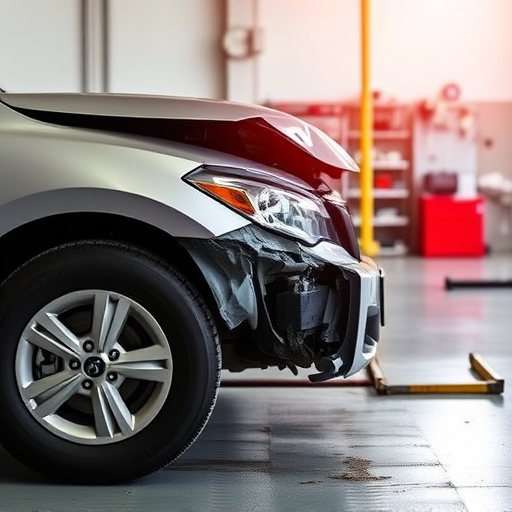
Understanding the damage scenario is key when deciding between blending panels or performing a full repaint during collision repair. Different types of damage call for distinct approaches. For instance, minor dents and scratches that don’t affect the panel’s structural integrity often respond well to blending. This process involves skillfully smoothing out imperfections without fully removing the original paint, preserving the car’s authenticity and saving time and resources.
On the other hand, extensive damage, such as major crashes or severe rust, usually necessitates a full repaint. In these cases, the car bodywork may require complete reconstruction to ensure structural soundness and a factory-like finish. Fleet repair services or tire services might also factor into the decision, as cost-effectiveness and turnaround time become critical considerations for businesses managing multiple vehicles.
Assessing Paint Condition and Adhesion for Effective Blending
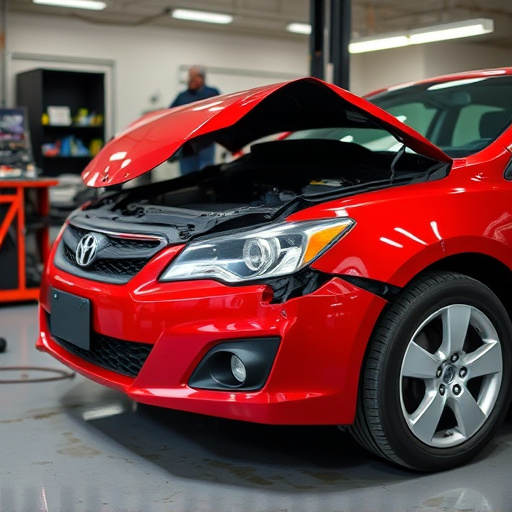
When considering blending panels versus a full repaint in collision repair, assessing the paint condition and adhesion is crucial. Examining the affected area closely helps determine if the damage is isolated to specific panels or if extensive repainting is necessary. In cases where the paint is intact and merely needs touch-ups due to minor dents or scratches, blending panels is an effective solution. This process involves matching the existing color and texture seamlessly, ensuring a professional repair that retains the vehicle’s original appearance.
For more significant damage, such as extensive rust or large areas of missing paint, a full repaint might be the better choice. Auto body shops use specialized equipment and expertise to ensure proper adhesion of new paint to the underlying metal surface. Proper preparation, including cleaning, sanding, and priming, is essential for achieving long-lasting results in both blending panels and full repaint scenarios, making the automotive collision repair process successful and ensuring customer satisfaction.
Techniques and Considerations for Achieving Seamless Blends
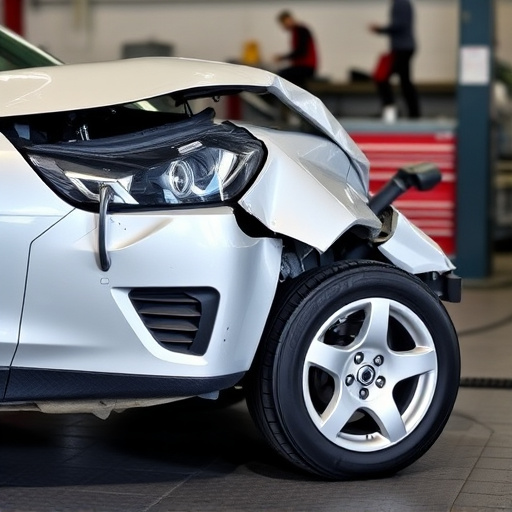
Achieving seamless blends when blending panels in collision repair requires a keen eye for detail and a solid understanding of auto body painting techniques. First, prep the surface thoroughly by cleaning and sanding to ensure an even base for application. This step is crucial as it lays the foundation for a successful blend, making sure no debris or impurities disrupt the final result.
Use high-quality paint and specialized tools designed for blending, such as spatters and air brushes. Apply the paint in thin, even layers, allowing each coat to dry completely before adding the next. This meticulous process ensures a natural transition between the new and existing panel, making it hard to detect the repair once complete. In an auto repair shop or offering car bodywork services, mastering blending techniques adds value to your work, ensuring customer satisfaction with flawless results.
In the realm of collision repair, knowing when to blend panels or opt for a full repaint is a delicate balance. Understanding damage scenarios, assessing paint condition, and mastering blending techniques are key to achieving seamless results. By considering these factors, professionals can offer efficient and cost-effective solutions, ensuring vehicles return to their pre-accident condition without compromising aesthetics. When it comes to blending panels in collision repair, it’s a precise art that requires skill and expertise.
